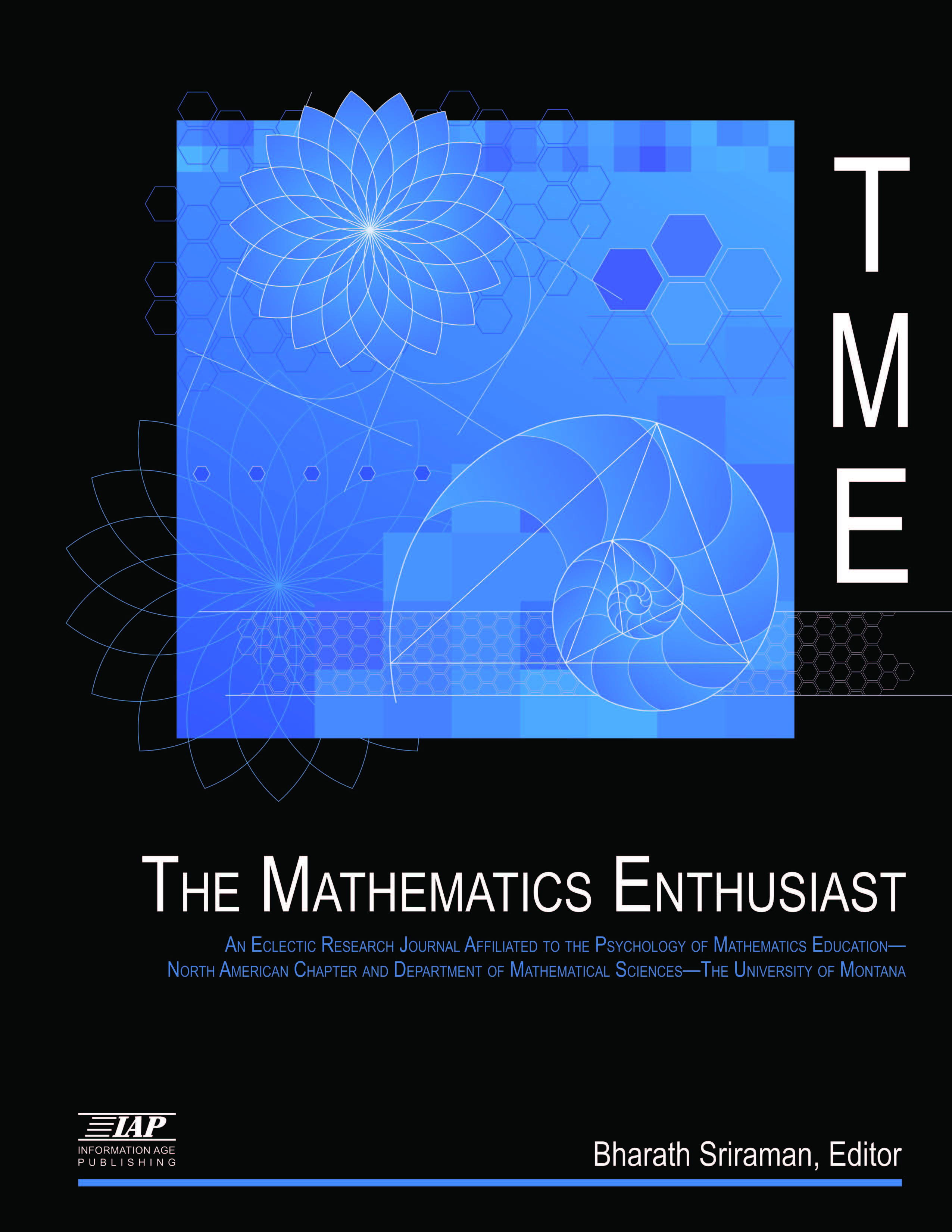
Volume
17
Issue
2-3
Abstract
There is a long history of mathematics educators trying to answer the questions of what mathematics is essential to learn and why, including the mathematical education of prospective teachers. Determining the answer to these questions and conveying that answer convincingly are not always easy tasks for new mathematics teacher educators (MTEs). As an MTE’s career progresses (or in some cases as novice MTEs), they must also decide how much content is possible to cover in the context of one, two, or three semesters. That is, how deep is deep enough, and how much breadth is feasible? And how does an MTE make these decisions? To address these questions, we provide potential answers from three perspectives: policy, research, and textbook analysis. We begin with a brief summary of three policy documents: The Mathematical Education of Teachers II (MET-II) (CBMS, 2012), Standards for Preparing Teachers of Mathematics (SPTM) (AMTE, 2017), and the Statistical Education of Teachers (SET) (ASA, 2016). Drawing on these policy documents, a textbook analysis, the Common Core State Standards for Mathematics (CCSSM) (National Governors Association, 2010), and relevant research, we provide insights into how MTEs might choose topics for content courses, with the aim of aligning their teaching objectives with answers to why more math matters.
First Page
403
Last Page
434
Recommended Citation
Zhang, P., Brown, A., Joseph, M., & He, J. (June 2020). What Content PreK-8 Prospective Teachers Should Know and Why: Topic Recommendations for Content Courses. In A. Appova, R. M. Welder, and Z. Feldman, (Eds.), Supporting Mathematics Teacher Educators’ Knowledge and Practices for Teaching Content to Prospective (Grades K-8) Teachers. Special Issue: The Mathematics Enthusiast, ISSN 1551-3440, vol. 17, nos. 2 & 3, pp. 403–434. ScholarWorks: University of Montana. Retrieve (open access) from: https://scholarworks.umt.edu/tme
Digital Object Identifier (DOI)
10.54870/1551-3440.1493
